IoT
‘Beep Beep’ the alarm went off. “The next time it goes of I’ll kill it.” You grumble and hit the dismiss button. Pulling yourself out of the comfort of your warm and cosy bed with great struggle, you get into the already hot shower. Your favourite song that starts playing just as you put on the tap adds to the mood and brings you back to your senses. Just as you switch off the heater and get back to your room to dress up, an overwhelming aroma of freshly brewed coffee hits you like a tsunami. You rush down to the kitchen, have your already prepared toast and coffee and then leave your house. You get out of the house just as your car drives itself from the garage to your front door.
Wait, this is not some scene of any sci-fi Netflix show that I am going to recommend to you.
This is how the future looks most probably, all thanks to the IoT slowly gaining prominence in all domains of life.
What is IoT? How it makes such a future possible?
IoT is the short for Internet of Things. It involves connecting any device to the internet, enabling it to send and receive data through an assigned Internet Protocol (IP). It turns any ‘dumb’ device into ‘smart’ allowing it to communicate with other IoT enabled devices and act and decide smartly.
A very simple example of an IoT enabled device would be ‘Smart light bulb’ – A bulb which is connected to the internet and can be customized and controlled remotely via a specific mobile application.
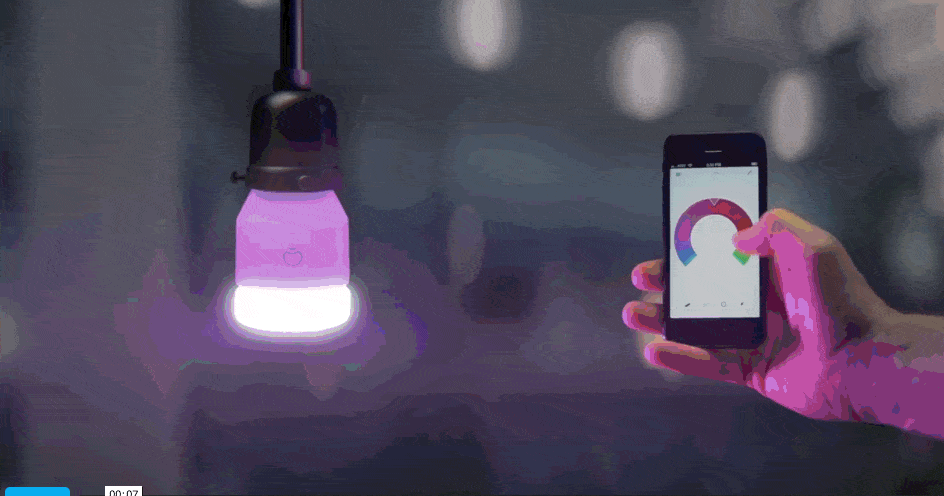
[Credits: LIFX on Vimeo (full video available)]
The variety of IoT enabled systems ranges from ‘smart homes’ to medical devices that could detect signs of various diseases, it is left to one’s imagination and the sky is the limit.
How does it work?
The working of IoT is very simple.
Devices have sensors built in them which collect data from their surroundings. These devices share their data via the internet and it is analyzed. Depending on the examined data, a command is issued and communicated to the corresponding device again via the internet.
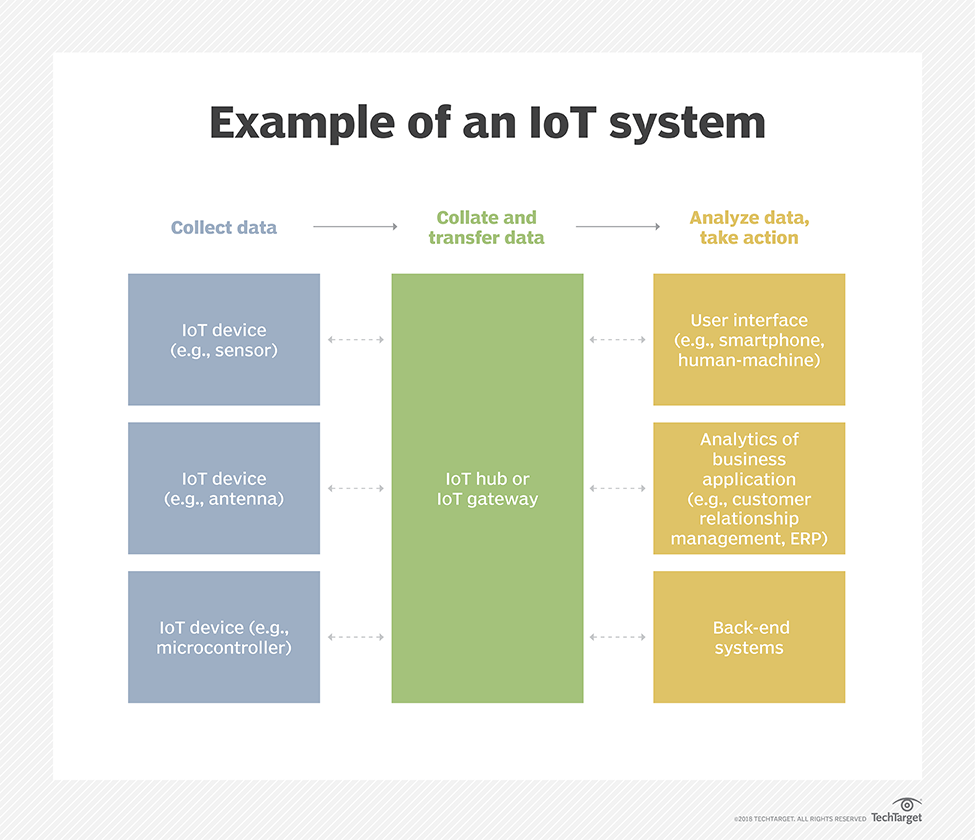
[Image: IoT Agenda]
Taking the very first example,
The moment you hit the dismiss button, your alarm clock relays the information that you are up. This issues a command to the heater to turn on for you to take a shower.
The knob of the shower, upon being put on, sends an instruction to the speaker to play the specific playlist.
Once you put off the heater after your shower, the heater relays the data and the toaster and the coffee maker in the kitchen gets a command to put themselves in work.
Walking out of the kitchen, the motion sensor installed in your door decides that you have left the kitchen, this instructs your garage door to open, and your self-driving car (a bold assumption though xD) to drive itself to door.
Notice how this was all possible only because each device you used relayed a signal informing of your actions and also received instructions on what to do, both using the internet.
The future for IoT
Currently, the pace of development of these devices is so fast that we can safely assume that such a sci-fi future is not far away. IoT would prove to be hugely beneficial in all aspects of life and the economy. This technology is right now being developed by many huge companies, for various purposes.
For example, a company by the name Peak 8 Connected has created a technology called DOODLEBUG. This is basically a small device with sensors which you have to place under the soil. It monitors the water content in the deep root zone of the soil and provides with all sorts of data, enabling you to make intelligent decisions for irrigation.
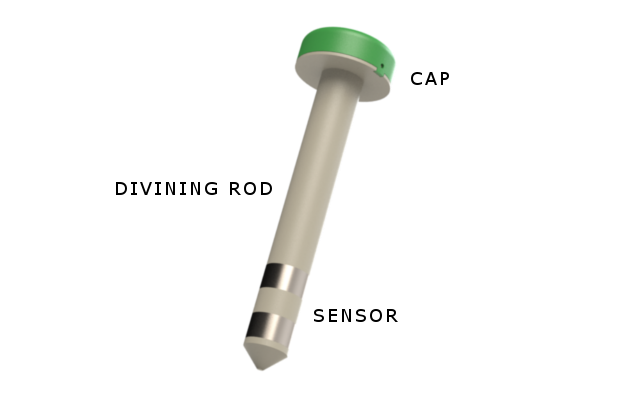
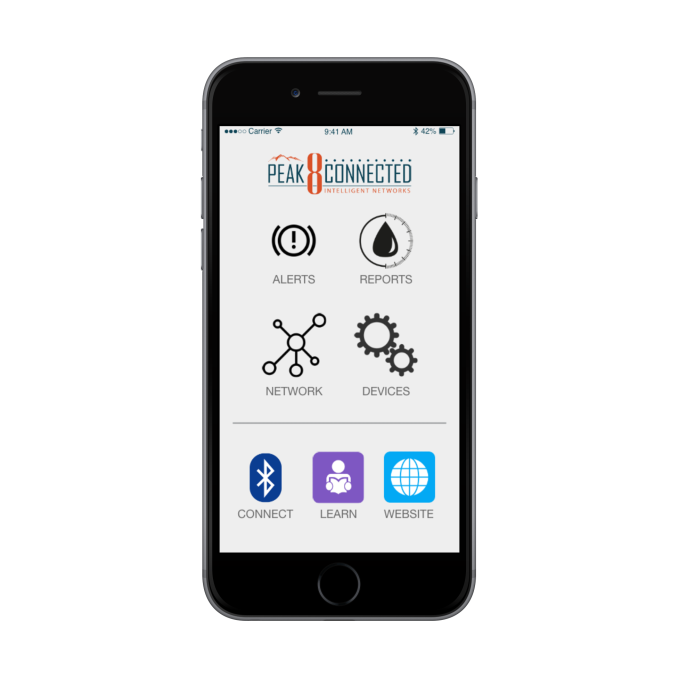
The Doodlebug technology that enables smart decision making thanks to IoT
Another company, the Propeller, offers management of Asthma-related conditions by just installing a sensor. This sensor, when installed on the inhaler, allows one to assess all the asthma attack related data and finds out what triggers it. It also keeps you connected with family and friends in case of any emergencies.

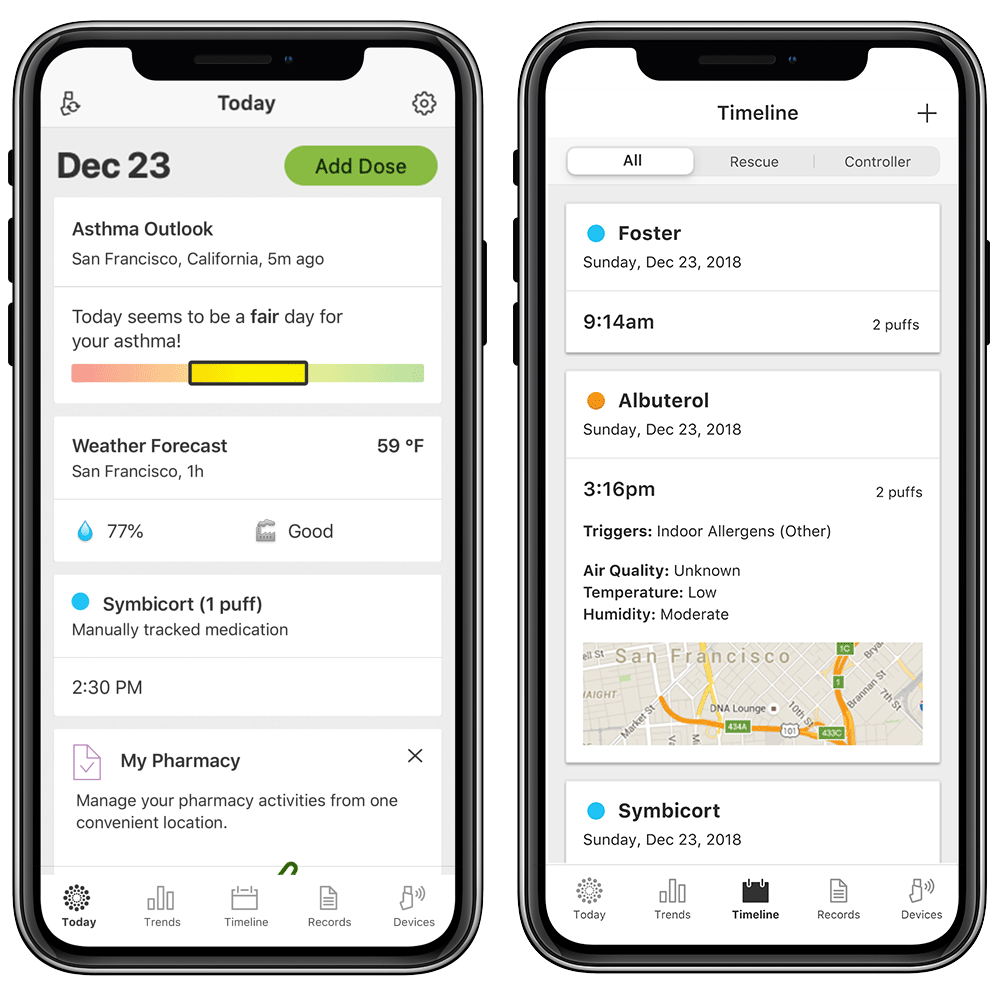
The Propeller technology that enables one to track asthma-related symptoms and help reduce asthma attacks, along with an improved medication.
These examples show that what IoT has to offer is beyond the limits of our imagination, ranging from a small farmer to a huge MNC.
Why do we need to worry?
With zillions of devices connected and controlled under a shared hub, the IoT poses a high-level privacy threat, especially when it comes to ‘smart houses’ and ‘smart offices’. Data security is the chief point of interest, where IoT plays the victim very well. Data is being collected by IoT enabled devices every moment, and this data can sometimes be very sensitive.
Consider the very first scenario, the data about all of your actions is being relayed constantly. This is very dangerous information if someone manages to get hold of it, and it is not difficult to obtain too. One could easily install some external hardware in one of your IoT enabled device that could provide backdoor access to all the data. With unencrypted, unsecured IoT, it could be your company’s sensitive information or your personal information, literally any data could be compromised.
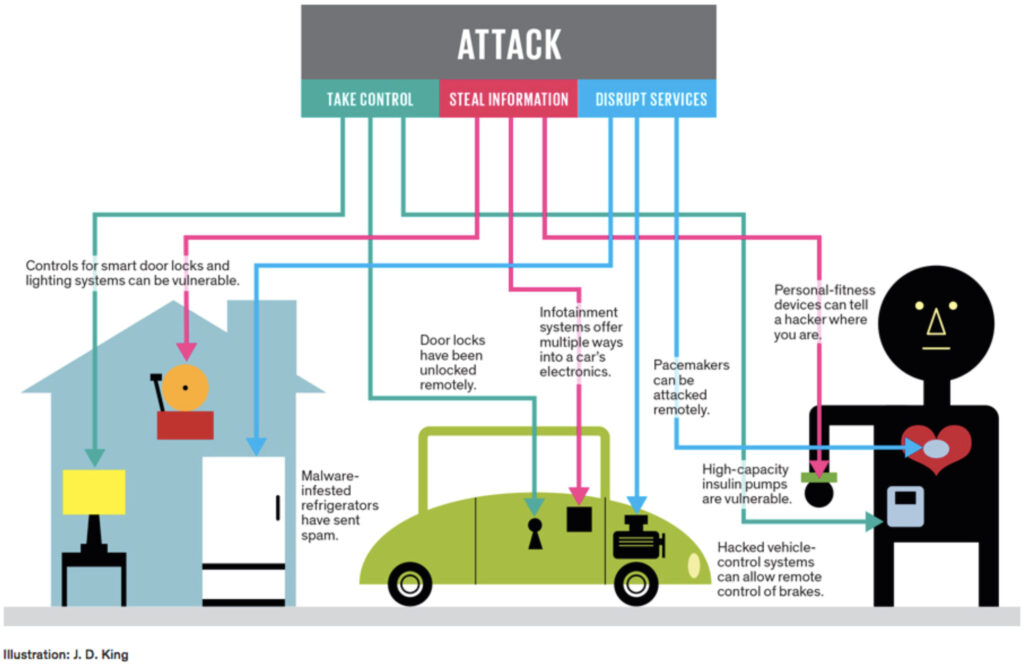
Thus security must be the most primary concern when you are to be handling soo many devices sending data in and out every minute. Encrypting could be a pivotal point in providing security, but again, no form of encryption can provide ultimate privacy, and any sort of security is gullible for breaches and hacks.
For any piece of technology, the primary concern should be about how much we should rely on it, and how much data you should share with it. The current generation is so obsessed with technology, and privacy has become a laughing stock in our life. We have given ‘smart’phones in the hands of ‘dumb’ people who readily permit a calculator app to make and manage phone calls.
So IoT looks like it appears to offer a dark and dangerous future ahead. But this is not necessarily the case. If security and privacy are taken seriously and measures are taken constructively, then IoT offers you the brightest future. But we ought to remember that this future is being offered on the knife tip. One wrong step of ignorance, you will find yourself cut so deep, a cut that shall prove fatal, one that shall never heal.
“It is only when they go wrong that machines remind you how powerful they are.”
Clive James




Thanks for sharing your info. I truly appreciate your
efforts and I am waiting for your further post thank
you once again.
Nice post. I learn something new and challenging on websites I stumbleupon every
day. It will always be interesting to read content from other authors and use a
little something from other web sites.